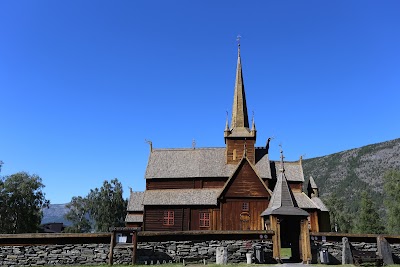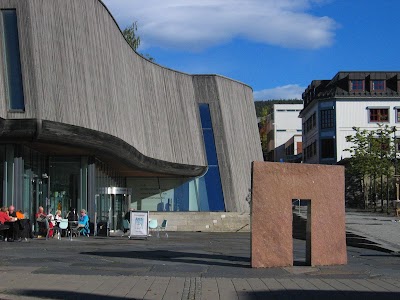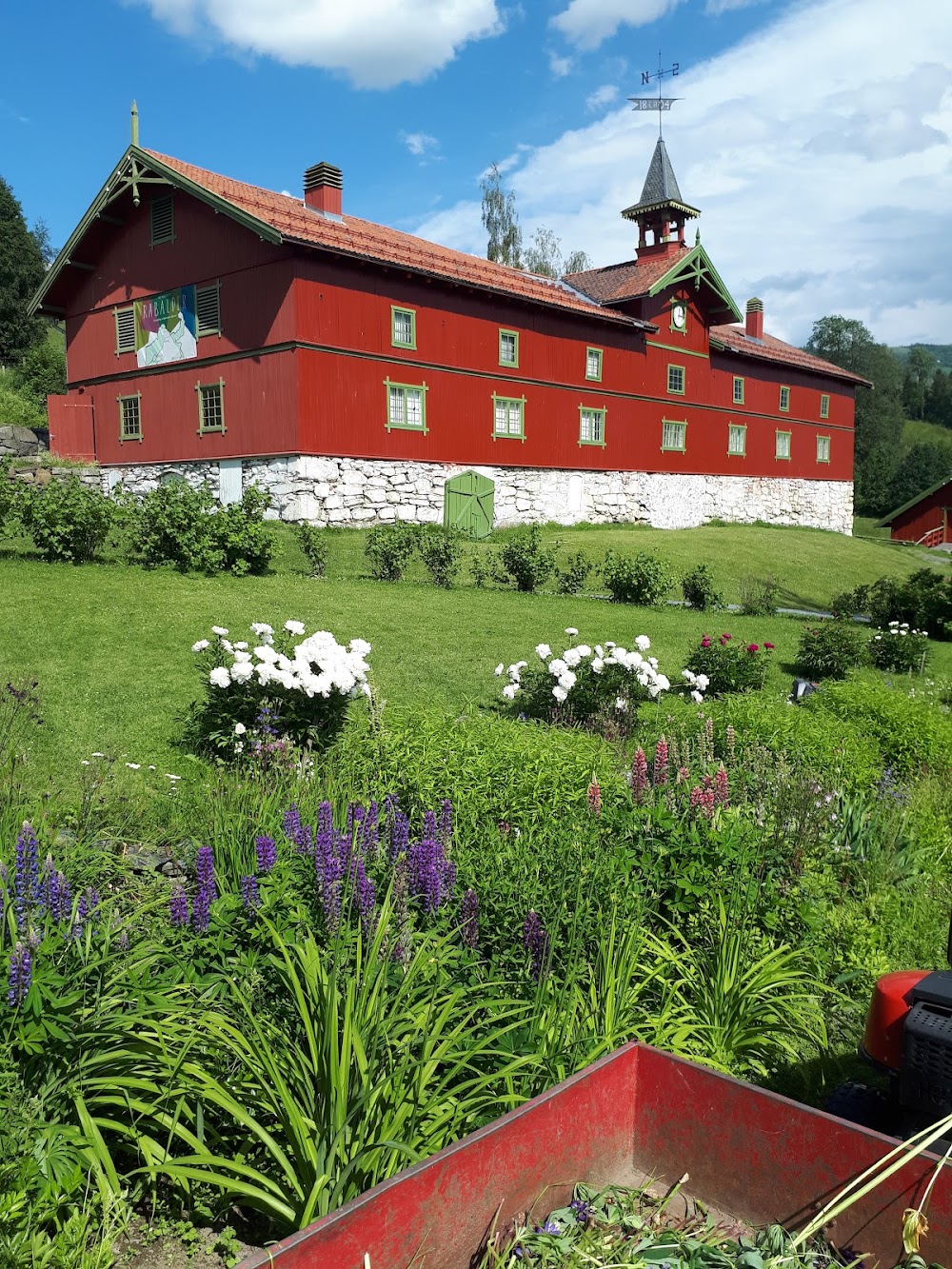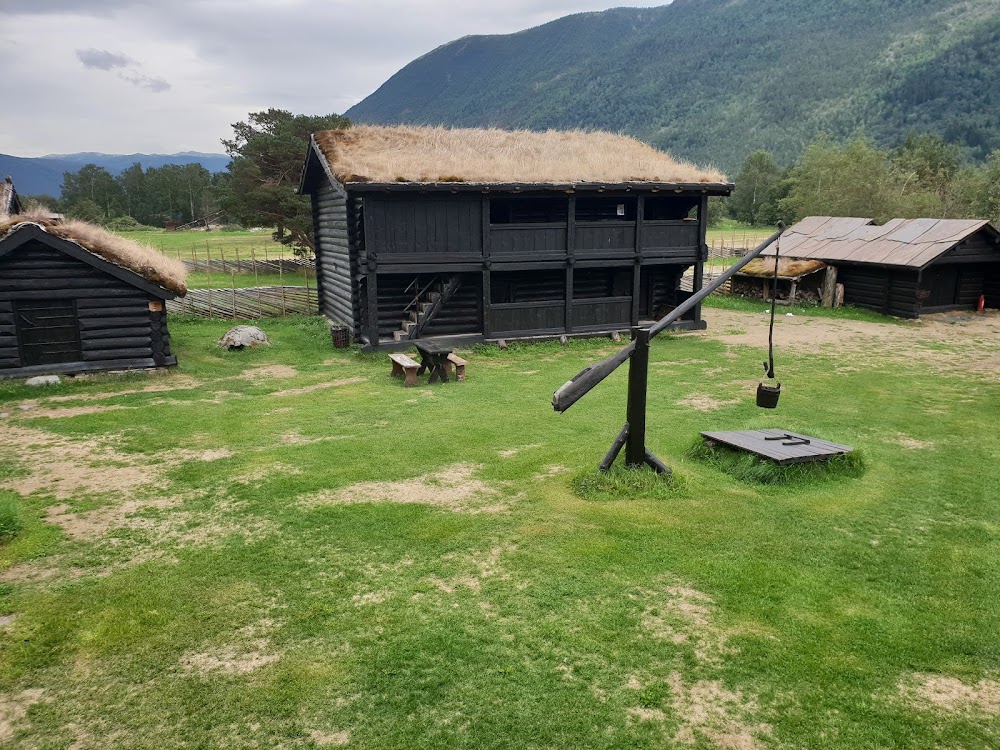Garmo Stave Church (Garmo stavkyrkje)
Overview
Garmo Stave Church, nestled in the heart of Innlandet, Norway, is a stunning testament to the region's rich cultural and architectural heritage. Originally built around 1150, this remarkable wooden structure showcases the medieval craftsmanship and the enduring legacy of stave churches throughout Norway. A visit to this beautiful church offers a unique opportunity to delve into Norway's distant past and appreciate the architectural prowess of its early inhabitants.
The original Garmo Stave Church was situated in the village of Garmo, near Lom, serving as a parish church for centuries. By the 18th century, the church had become too small for its growing congregation, prompting significant renovations in 1730. This reconstruction included the addition of a new nave and chancel, which expanded its capacity while preserving its iconic stave church features, such as the steeply pitched roof, tall spire, and exquisite woodwork.
In the late 19th century, as modern building standards evolved, a new church was erected in Garmo village, rendering the stave church somewhat obsolete. Fortunately, the preservation-minded King Oscar II of Sweden and Norway purchased the old stave church in 1882, ensuring its protection. The church was carefully disassembled and relocated to Maihaugen, an open-air museum in Lillehammer, where it stands today. This relocation not only saved the church from potential decay or demolition but also allowed it to be preserved as a cultural treasure accessible to a wider audience.
Approaching Garmo Stave Church in its serene setting at Maihaugen, visitors are immediately captivated by its timeless beauty. The dark, weathered wooden exterior, topped with a characteristic steep roofline, evokes a sense of medieval grandeur. The intricately carved portals and dragon-head motifs are especially enchanting, serving as both artistic expressions and protective symbols designed to ward off evil spirits—common elements in stave church architecture.
Inside the church, visitors are greeted by an intimate and solemn atmosphere. The dimly lit interior, with its rows of wooden columns resembling tree trunks, creates the sensation of wandering through an ancient forest. The walls and ceilings are adorned with Christian iconography and murals that transport you to a time when faith and artistry were deeply intertwined. The original wooden altar, believed to date back to the church's early days, remains a focal point, providing insight into the religious practices of the period.
Garmo Stave Church is not merely an architectural marvel; it is also a significant cultural and historical artifact. As one of the few remaining stave churches in Norway, it represents an architectural style that was once prevalent but has largely vanished. These churches derive their name from the distinctive construction method that utilizes wooden staves (vertical posts) to support the structure, allowing for the creation of tall, durable buildings using the abundant timber resources available in medieval Norway.
The church's relocation to Maihaugen has only enhanced its cultural value, allowing for its preservation and accessibility. Maihaugen, one of Norway's largest open-air museums, offers an idyllic backdrop for the church, surrounded by traditional Norwegian homes and landscapes that enrich the historical experience. The museum itself is dedicated to preserving and showcasing Norwegian cultural history, making it an ideal setting for Garmo Stave Church.
For foreign tourists, visiting Garmo Stave Church presents a multifaceted experience. It is an opportunity to explore a piece of Norway's ecclesiastical history, admire the artistry of medieval woodwork, and appreciate the ingenuity of stave church construction. Moreover, it invites you to step back in time and reflect on the lives of those who built, used, and preserved this extraordinary building.
Interesting facts about Garmo Stave Church include its use of medieval prayer symbols and runes, some of which remain carved into the wood. These ancient markings offer a fascinating glimpse into the spiritual and daily lives of the church's original congregation. Additionally, the church's relocation process in the 19th century was quite an engineering feat, demonstrating the dedication and effort invested in preserving this historic structure.
In conclusion, Garmo Stave Church in Innlandet, Norway, is a must-visit destination for anyone interested in history, architecture, and Norwegian culture. Its storied past, unique construction, and serene beauty make it a compelling stop on any travel itinerary. By visiting Garmo Stave Church, you not only witness a remarkable piece of Norway's heritage but also contribute to the ongoing preservation and appreciation of this cultural gem.






